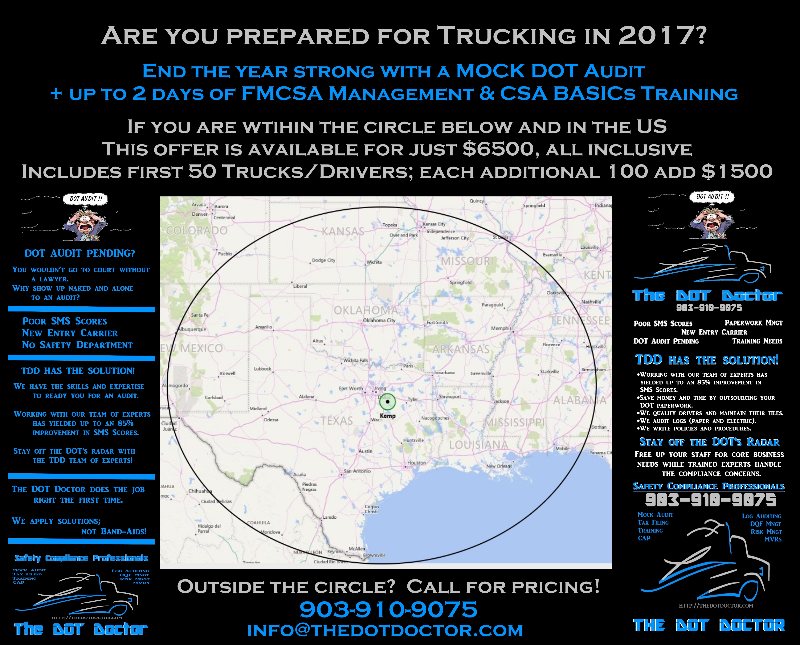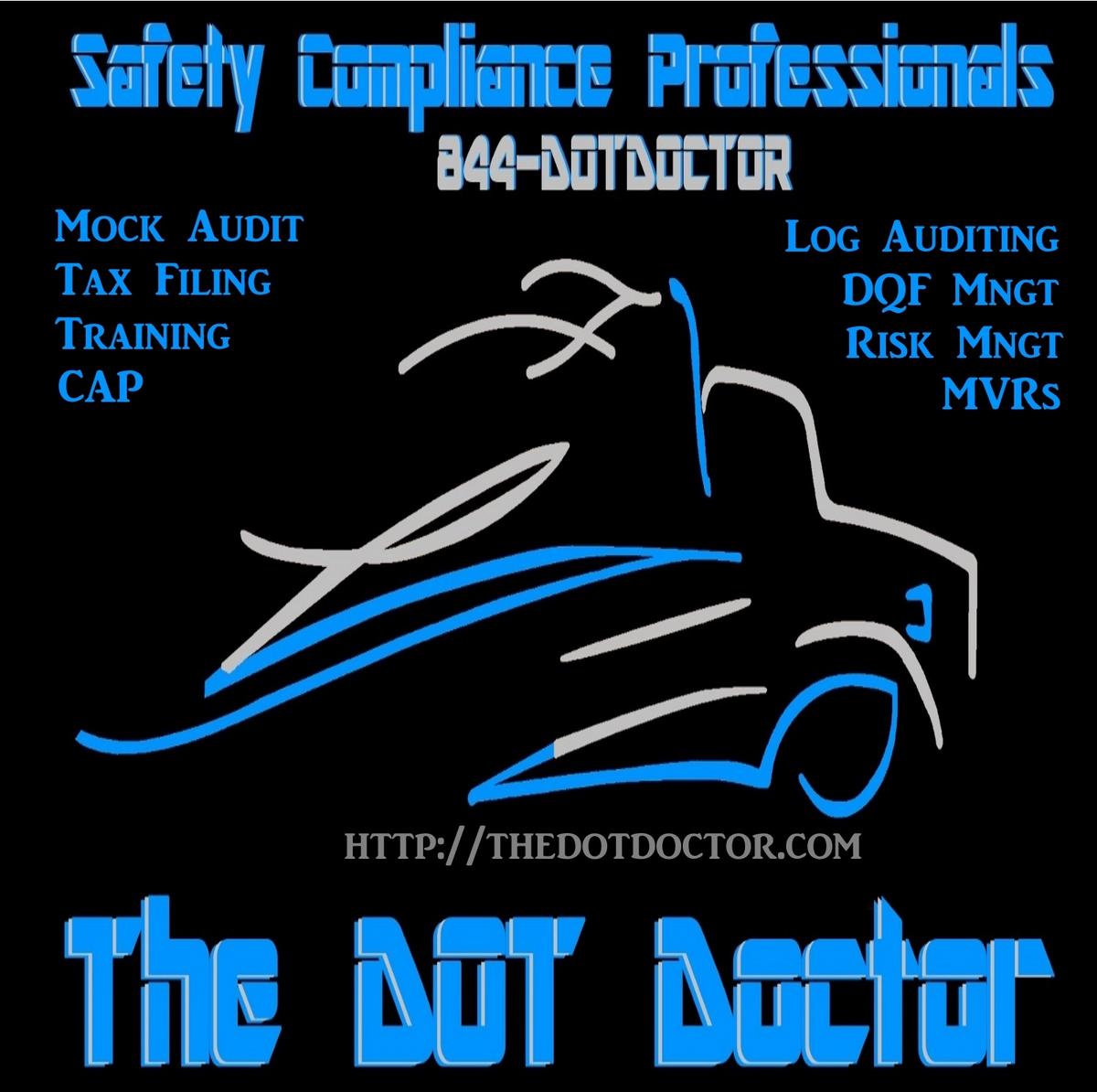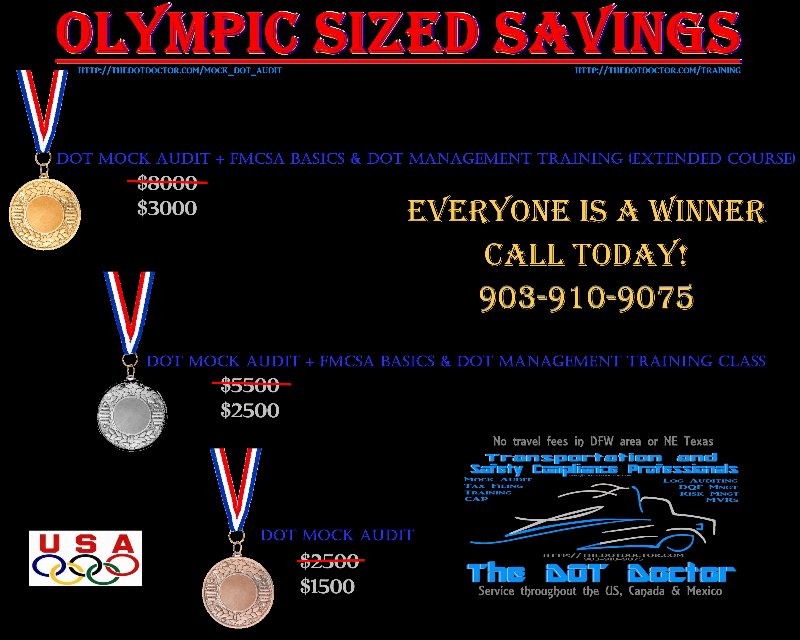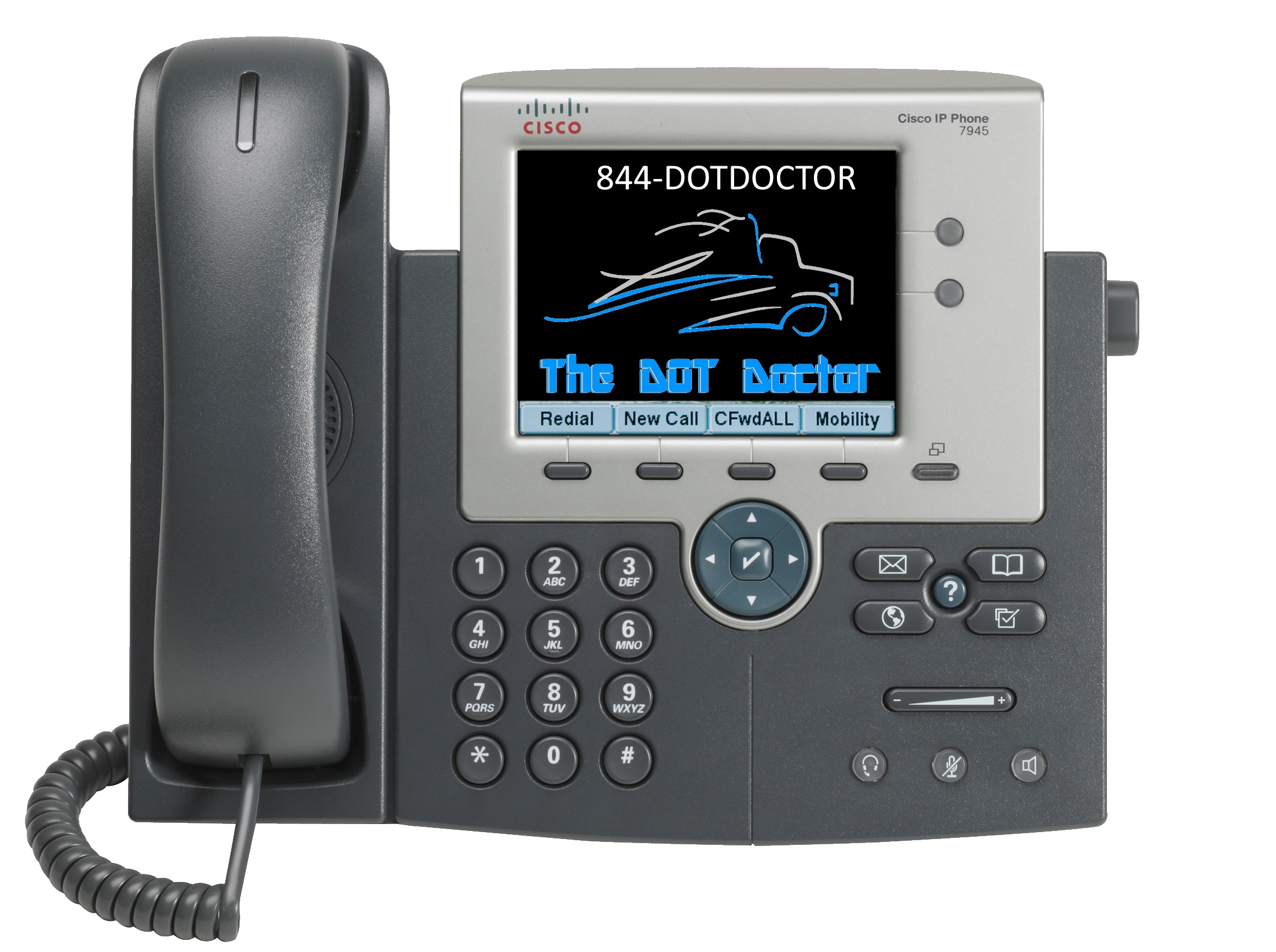Action does not always equal crash. Until that factor is considered; the numbers will always be skewed. Insurance groups (finance) runs this faction. Until special interest groups, insurance interests, lobbyist and other financial based thinking is removed; this will never be about safety. DOT is under pressure to increase revenue. It is under the guise of safety but in the end it is about revenue. So long as we allow this pathway to continue; the numbers will always be skewed.
Carriers who do not fit into the mold; too big or too small, are at a disadvantage. Anyone with a mathematical background understands that when you seeking mean data; you remove the extreme end variables. Remember, mean does not equal average that is a misconception of many. In this case; that means disregard for 90% of the trucking fleets (90% of the registered carriers are small fleets of under 50 trucks plus a few high end players). How can a system be good for the industry when it ignores; hence punishes and violates, 90% of the demographic?
Government must move away from the 9-5 M-F mentality and one size fits all measurement system. Just like they stated with “Beyond Compliance” guidelines; there will need to be separate standings for carriers of different sizes. HOS rules; almost all regulations, do not fit the industry until it is subdivided into sustainable and like groups. This is the needed first step instead of a final consideration. Stop all the exemptions and create adequate subgroups. Then create rules that apply to that group appropriately. This may mean that you can’t haul certain items or operate in a certain area. SO be it! Yes, incorporate some pre-deregulation guidelines in the spirit of a just regulation system. It is time the 90% is seen and not just the giants like Swift, Hunt and Schneider. With over 2 million registered and a half million active carriers; there are many more than just these 3 and those like them with a stake in the game.
The distinguished members of the NAS have to see this. At least; they should understand the mathematical improbability. The issue remains the same as it always has with government; politicians who do not understand the industry and its daily challenges are creating rules that are impossible to follow based up special interest groups and financial standards. If we look at who is taking over the industry today; we see investment bankers and groups buying up trucking companies. They have no idea what they have acquired. To them it all about the bottom-line. No real idea of what it takes to make a trucking company “work”. When carriers were started from the sweat of the O/O, like Florilli, BPAC or Hahn; there was passion and understanding in the company. Today we fill desks with papered folks who despise trucks. How is that helping, fostering and improving the industry? It isn’t!
Those of us who are affected the most have no clue how to make our voices heard. I corresponded with a former FMCSA agent the other week. He voiced his concern for the lack of input from the industry. He stated how easy it was to have a voice. It is easy if you know how to have that voice. Many trucking company owners have no clue yet alone the driver themselves. Too many think that only groups like ATA or OOIDA can have a say. I suggested that he use my group, DOT HELP on LinkedIn or The DOT DOCTOR group on Facebook; as a sounding board to educate others. Both have a large body of members (open groups) from all walks of life and statuses in the industry that would benefit greatly from such information. This is such a necessary part of our system but yet few take a stand. Voices and thoughts are expressed in social groups but few know how or take the time to make these insights a part of the legislative process. Just as this article is asking for your thoughts; take the time to click the link and give them. It is time for this industry to have a voice and stop hiding in the shadows. We cannot sit in silence and then compliant about the outcome.
Every day as I drive these highways; I see a myriad of trucks with violations. We take pictures of some and note others. We do this not to send to the DOT but to build our contact pool of perspective clients. As the owner of a Safety Consulting firm; I take a personal interest in highway safety and equipment being in safe operating order. Seeing trucks with tie down straps improperly attached and flapping in the wind is a concern. Vehicles with flat tires running down the road and the driver having no clue is an issue. Tired, texting and distracted drivers weaving across the highways is a major issue and one that is not just seen in CMVs. There are plenty of non-CMVs that need attention too. Highway safety standards should not apply just to “big trucks”.
On the flip side; there are trucks with excellent maintenance programs but no paperwork to support the efforts. I see these companies penalized more often than the ones with poor equipment on the road and possibly paperwork in the files. I think it is a good idea to concentrate on “exactly what is on the road”. That is the front line to highway safety. Yes, companies need a PM Plan but what you actually allow on the highway is more important if you must rank priorities. Plenty of O/Os keep their vehicles well maintained but they lack terribly in paperwork be it DQF or maintenance documentation. BTW – TDD can help!
Daily, I see carriers working hard to usurp the rules. If that effort was put into compliance; they would have no issue. Yet they work hard to find a loop hole. Some carriers are actually selling off their newer vehicles and buying per-2000 units just to avoid ELDs. Smart or insane? Time will judge. I see the same mentality at work to avoid HOS documentation and driver hiring qualification checks and file management. Some of it is cultural while others are just simply determined to do it their way regardless of the law. These are the ones that need to be identified, retrained and removed from business if their actions continue. They are the bad seeds that hurt the industry. The issue is identification.
The Trucking Industry is complex. It engages with air, ocean and rail vehicles. The vehicles vary greatly as does the area traveled. Even with same vehicles and cargo; traveling the heartland vs the coast calls for different rules. An adequate speed for one area does not fit another and that is just a small example (speed limiter rule). Using adaptive technology along with GPS would address that once guidelines for each sector (as stated above) was established.
I know we moved from segregation in school systems, work and in all ways of life. Just like in the Hazmat Hauling and Handling work; there are times that segregation is the answer. Separate but equal rules that fit the subdivision of the industry and the area of operation. This is where we need to begin. Until we do; there will always be an unjust end.
Source: http://www.ccjdigital.com/fmcsa-dismisses-concerns-about-safety-fitness-rule-and-csa-reform-says-system-will-target-most-unsafe-carriers/?utm_source=daily&utm_medium=email&utm_content=04-08-2016&utm_campaign=Commercial%20Carrier%20Journal&ust_id=d557c9ec883731ce20f11bac8b829d85&



























